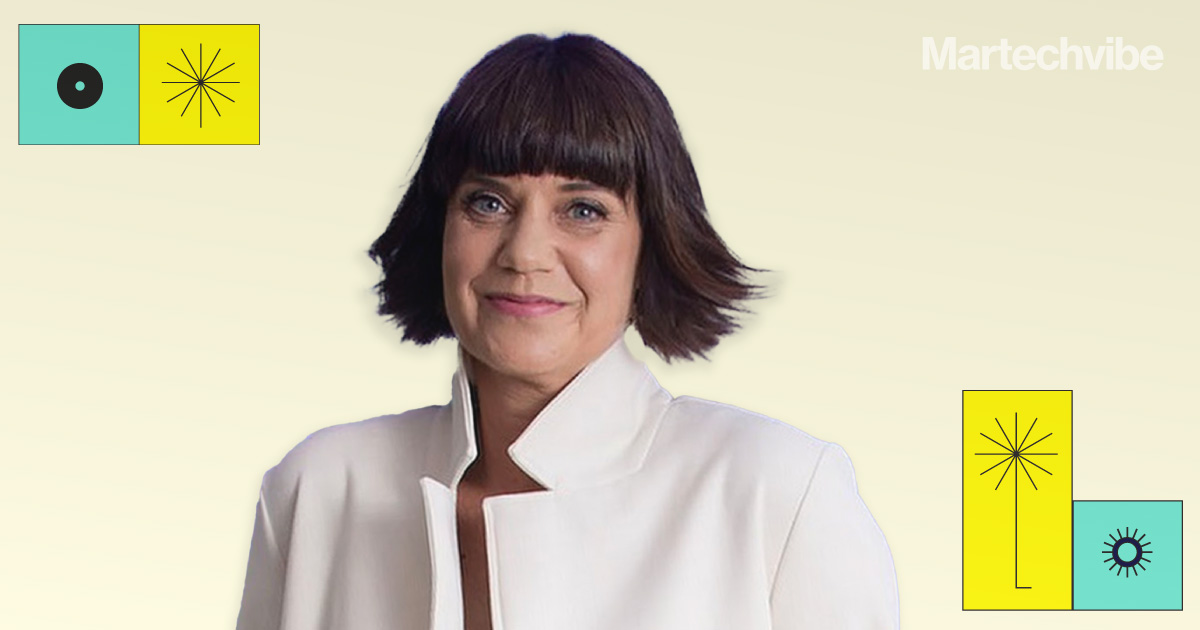Will Legacy Banks Have The Edge Over The Newcomers?
Can legacy brands bank solely on their reputation for trust and resilience in the digital age? Mariska Oosthuizen of Sanlam talks about changing expectations in the BFSI industry for customers and marketers.
Topics
What to Read Next

Waiting in a queue to get your insurance form signed is a thing of the past. It is the era of digital-first, and customers want services on their mobile phones and the web. Any institution which fails to provide these facilities are expected to find themselves in trouble. Neo banks that operate on a digital-first approach are taking over. At this juncture, is there anything that still keeps the legacy players at an advantage?
“Digital-first players are winning the hearts and minds of mostly the younger audience, through the use of innovative new technologies. What they don’t have, however, is the trust and resilience of legacy businesses,” says Mariska Oosthuizen, Chief Marketing Officer at Sanlam, South Africa. Oosthuizen believes trusted legacy brands will continue to have a greater chance of success at deploying a digital-first offering than would a young business with no legacy to gain the customers’ trust.
We chat with her to understand how financial services companies are adapting to the changing landscape and what to expect from the future.
Excerpts from the interview;
How can financial services companies utilise customer data effectively whilst balancing personalisation and privacy?
It all starts with an understanding that customer data belongs to the customer and should be used to serve them in the best possible way. By proving the value of personalisation and using data to create delightful customer experiences, customers will be happy to opt-in to us using their data. This becomes even more important in a post-cookie world where marketers will have to rely on first party data, which clients will have to provide voluntarily. We follow a few principles to ensure treating our customers’ data with the respect it deserves:
- Being transparent about data collection and how we use it
- Putting the client in control and obtaining consent before using customer data for marketing purposes
- Only collecting relevant data
- Using data security measures to protect customer data
- Always handling customer data responsibly
How are digital-first and neo-insurers changing consumer expectations? How can legacy insurers adapt?
Neo and digital-first banks are winning the hearts and minds of mostly the younger audience, by offering a more convenient, personalised, and transparent experience. Through the use of innovative new technologies their businesses are built on, they are able to streamline the insurance process, making it easier and quicker for customers to get exactly what they need, through products and services tailored to individuals. What they don’t have, however, is the trust and resilience of legacy businesses, and we have seen through our journey the huge value of a trusted brand in supporting a digital-first or start-up insurance business.
It is often easier and quicker for the trusted “legacy” brand to develop a digital-first offering, than it is for a digital-first start-up to build a trusted brand, as this takes time and is not easy to accelerate. Sanlam, for example, has recently launched a new fintech business to develop a digital-first offering, which will leverage the 100+ years of legacy and take the company into the future through new technology and digital and client-centric products and services.
What advice would you give to build the ideal CX stack for financial services companies?
Here are some points companies should consider;
- Start with the customer. The first step is to understand your customers and their needs.
- Choose the right tools. Consider your budget, your customer base, and your specific needs when making your decision.
- Make sure the tools are integrated – with each other, and with the wider business tools so you can provide a seamless customer experience.
- Measure the results to see what’s working and what’s not. This will help you improve your CX stack over time and provide a better experience for your customers.
Which technologies do you see altering the way marketers in the BFSI sector do business?
There are quite a few, such as the following;
- Customer Data Platforms (CDPs) that will allow a single view of the customer, from the “anonymous” media world through to behavioural data on owned platforms and into the “known data” world of BI environments.
- Measurement dashboards and visualisations that will enable marketers to connect the dots within their campaigns through to ROI and sales data.
- Payment and wallet technologies that can be used to collect data about customer behaviour, which can help understand customers better to improve customer experiences and offer things like credit to people who would use it for the right things.
- Artificial intelligence (AI), which will help scale the servicing and advice element of financial services by automating some of the more basic transactions.
What can attendees expect from your session at the Vibe Martech Fest in Cape Town?
I’ll be talking about my mission this year as a CMO, which is to change the narrative around marketing. For too long, we’ve been seen as a cost centre – and a grudge purchase at that – and we are focusing this year on data, tech and insights that will expose our function as a strategic value driver for the business, especially with regards to digital leads and sales.
Future-proof your marketing strategies at Vibe Martech Fest – the region’s biggest marketing and technology summit, taking place on July 26 – 27, 2023, in Cape Town, South Africa. For more information on the summit, click here.








































































































